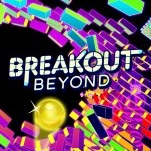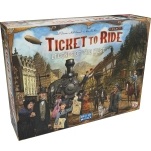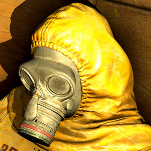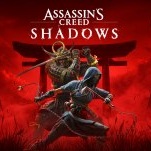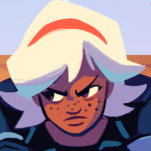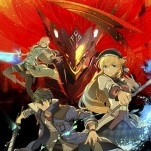YIIK: A Post-Modern RPG Is Too Quirky For Its Own Good
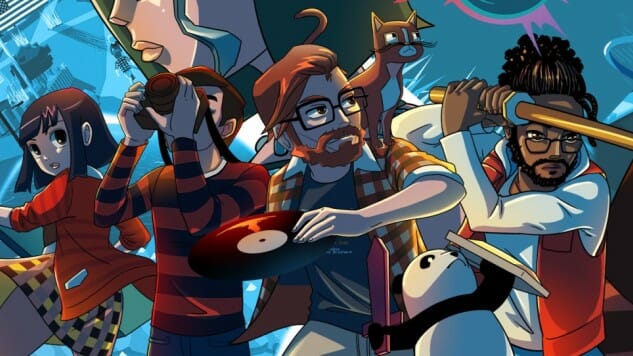
YIIK is trying a lot. I generally think of “trying” as a good thing, in the sense that games that shoot for the moon are generally more likely to land somewhere among the stars. And YIIK (pronounced “Y2K”) is absolutely shooting for some very specific gaming stars, but there’s just too much weighing it down to ever escape the velocity of the works that it’s trying so hard to take inspiration from.
Let’s start with the good: YIIK looks and sounds tremendous. Each environment is adorned in bright colors and flat shading, the low-poly modeling and minimal animation serving to invoke a mood of a dreamy, oversaturated childhood adventure. It’s no secret that YIIK is visually and mechanically inspired by 1990s JRPGs, but it’s in YIIK’s environmental and character design that those influences are worn most proudly.
And for good reason—the game’s strongest aspects are in its visual and audio design, pulling liberally from Mother, early 3D Final Fantasy games, and the aesthetics of the Nintendo 64 era. Each environment or battle scene is unique and visually interesting, with a tremendous soundtrack pulled from an ensemble musical lineup including bo en, Toby Fox and Hiroki Kikuta.
With all of that in mind, I came into YIIK expecting something admirable, a fusion of many things that I liked in separate places (RPG combat, low-poly oversaturated look, tons of character writing, surreal apocalyptic plot) pulled into a single package. What I found was a game that largely fell flat.
YIIK follows Alex Eggleston, a recent graduate returning to his home town of Frankton. After following a cat with a mustache into an abandoned factory, he finds himself thrust into a surreal world of multiple dimensions, shadowy super-beings, and turn-based combat. When a mysterious girl from the factory is torn from Alex’s reality while in an elevator with him, he embarks on an obsessive quest to find her and find out what is going on.
As Alex’s journey progresses, he is joined by a number of other allies with knowledge of the supernatural in some form or another. This crew includes Michael, his younger Frankton neighbor; Vella, the front-desk attendant at the local arcade with a mysterious past; Rory, the quiet brother of a girl who recently vanished; as well as Chondra and Claudio, siblings with a shared history of supernatural contact from nearby Wind Town.
YIIK’s setup is strong, or at least strong enough that I was drawn in originally. However, after only a couple of the game’s battles, I found myself frustrated and bored. YIIK has a turn-based battle system (another clear example of the game’s influences), but lacks any of the nuance or strategy of the games it draws from. Your team trades blows with surreal enemies (animated stop signs and traffic cones, ninja turtles, ping pong balls, etc), each attack or defense being mechanized by a short rhythm minigame.
These minigames are all the same, they never change, and they repeat literally hundreds of times. Every dodge is the same, every attack is the same (though different per active character). I had assumed (mistakenly) that these combat minigames would slightly change with different weapons or styles—Alex uses a vinyl record as a weapon, and his attacks consist of “scratching” the record at precise points to rack up a combo, which then is dealt in damage to the targeted enemy. One might think that upgrading the record would change these points of scratch, but that isn’t the case, and weapon upgrades for all characters become little more than minute changes to stats, with very little (if any) gameplay changes.
While not a killing blow for the game, the way that YIIK treats combat is indicative of many of the game’s greater frustrations. Namely, it feels designed with the goal of every interaction feeling “unique.” Or, to use another, possibly more critical word, “quirky.”
-

-

-

-

-

-

-

-

-

-

-

-

-

-

-

-

-

-

-

-

-

-

-

-

-

-

-

-

-

-

-

-

-

-

-

-

-

-

-

-





































